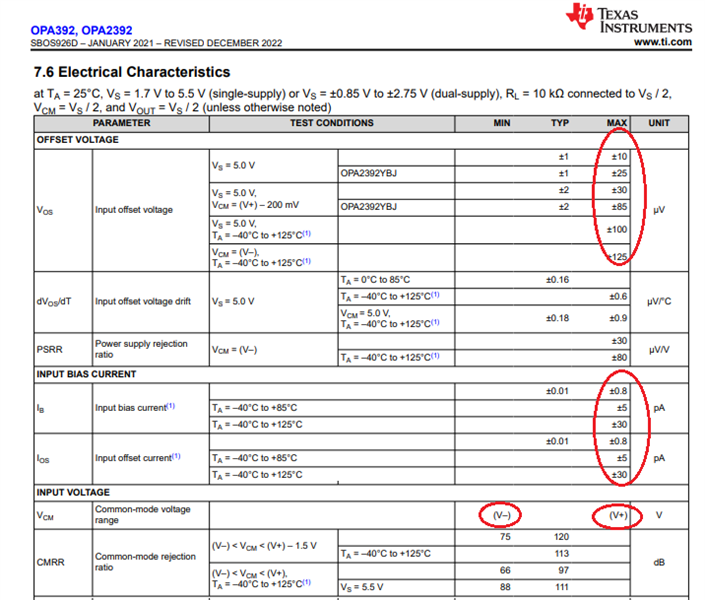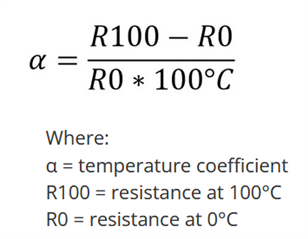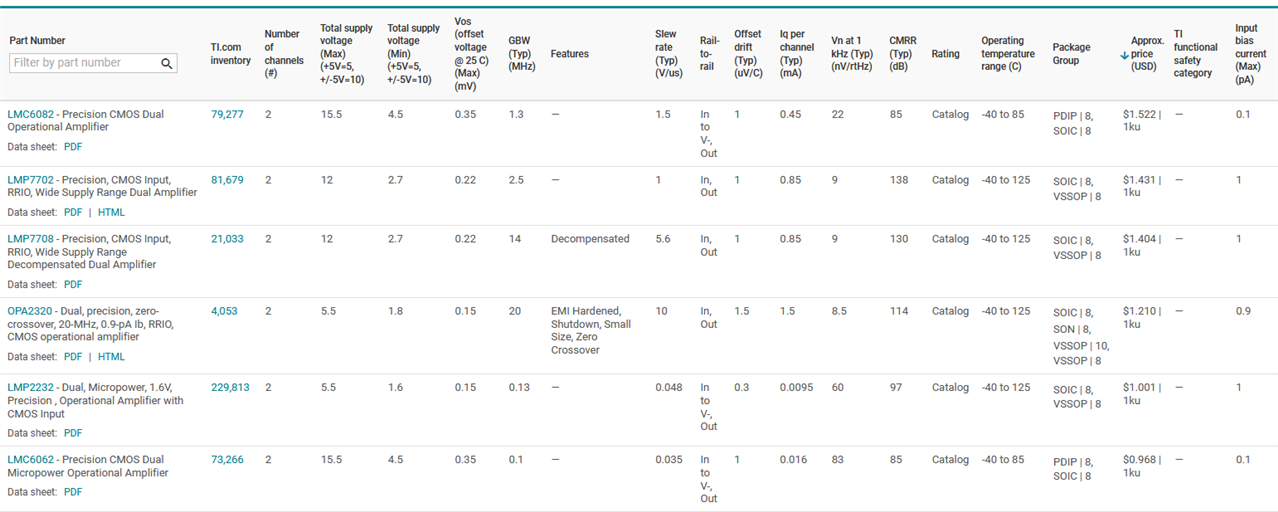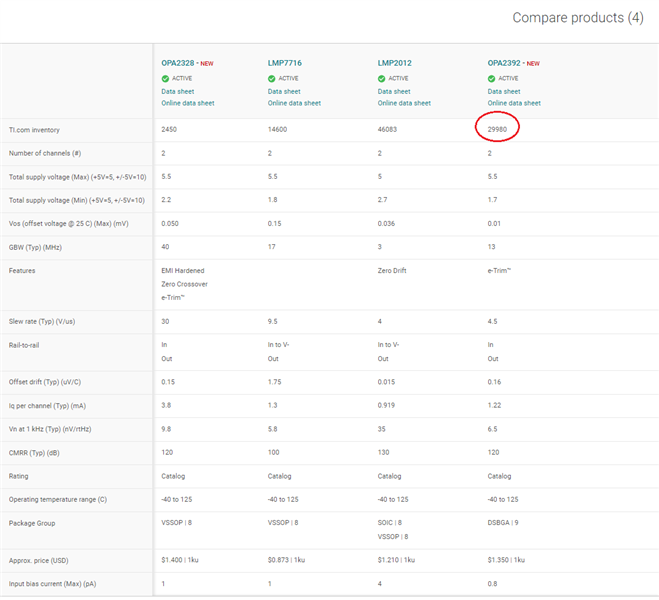Other Parts Discussed in Thread: LF412, , TL082H, LOG114, TL072, OPA397, OPA392, OPA197, OPA192, LMP7721, OPA828, OPA2392, LMP2012
Hi Experts,
We are working on a solution with log amplifier and thinking of developing a circuit based on the design from application note here - https://www.ti.com/lit/an/snoa575b/snoa575b.pdf

Amplifier used/recommended in this design is LF412. Since it is not available we are looking for alternatives and these amp have similar properties - OPA2145, TL082H. Can we use anyone from it or any other part will suit much better ? Our sense current range is 100pA to 10mA. Supply voltage is +5V. Required Output 0-2.5V.
LOG114 meets our exact requirement but it is not available all the time in the market so we want build the circuit with commonly available opamp.
This circuit also requires a special 1K resistor "*1% film resistor †1 kΩ (±1%) at 25°C, +3500 ppm/°C." where we can get it ?







